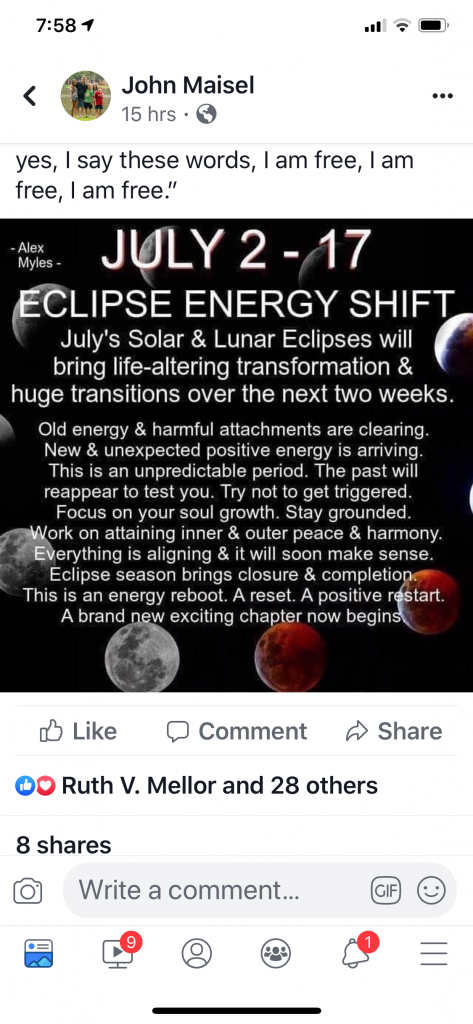Gregg Braden
COSTA RICA’S Invisible ENERGY
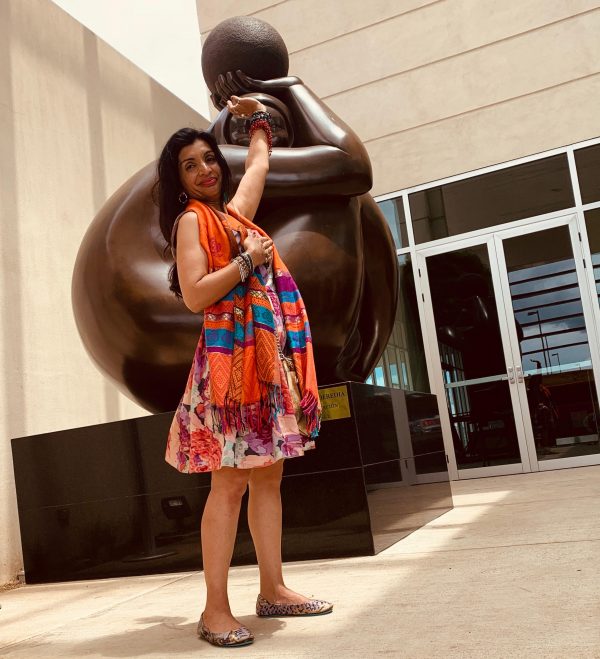
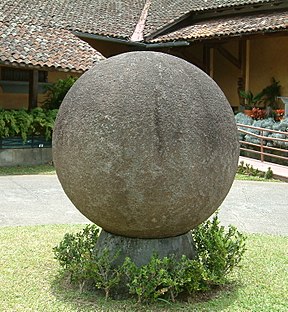
The Diquis culture (sometimes spelled Diquís) was a pre-Columbian indigenous culture of Costa Rica that flourished from AD 700 to 1530.[1] The word “diquís” means “great waters” or “great river” in the Boruca language.[1] The Diquis formed part of the Greater Chiriquiculture that spanned from southern Costa Rica to western Panama.[2]
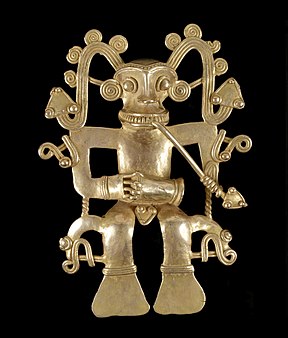
The Diquis are known for stone spheres, sometimes referred to as the Diquís Spheres, an assortment of over three hundred petrospheres in Costa Rica, located on the Diquis Delta and on Isla del Caño.
The pre-Columbian history of Costa Rica extends from the establishment of the first settlers until the arrival of Christopher Columbus to the Americas.
Archaeological evidence allows us to date the arrival of the first humans to Costa Rica to between 7000 and 10,000 BC. By the second millennium BC sedentary farming communities already existed. Between 300 BC and AD 300 many communities moved from a tribal, clan-centric organization – kinship-based, rarely hierarchical and dependent on self-sustenance – to a hierarchical one, with caciques (chiefs), religious leaders or shamans, artisan specialists and so on. This social organization arose from the need to organize manufacture and trade, manage relations with other communities and plan offensive and defensive activities. These groups established broader territorial divisions to produce more food and control wider sources of raw materials.
From the 9th century certain villages grew in size, and the latter-period chiefdoms of the 16th century came to develop greater social hierarchies and major improvements in infrastructure.
A chronology of key events:
1502 – Christopher Columbus visits the area, naming it Costa Rica, (Rich Coast), but disease and resistance by the local population delay the establishment of a permanent settlement for nearly 60 years.
1540 onwards – Costa Rica is part of the vice-royalty of New Spain.
1561 – Spain’s Juan de Cavallon leads the first successful colonisers into Costa Rica.
1808 – Coffee is introduced into Costa Rica from Cuba and becomes the principal crop.
1821 – Central America gains independence from Spain. A dispute ensues over whether Costa Rica should join an independent Mexico or a confederation of Central American states.
1823 – Costa Rica joins the United Provinces of Central America, which also embraces El Salvador, Guatemala, Honduras and Nicaragua.
1824-25 – Province of Guanacaste secedes from Nicaragua and becomes part of Costa Rica.
Independence
1838 – Costa Rica becomes fully independent.
1849-59 – Under the leadership of Juan Rafael Mora, Costa Rica takes the lead in organising Central American resistance against William Walker, the US adventurer who took over Nicaragua in 1855.ADVERTISEMENT
1859 – Mora ousted in a bloodless coup.
1870-82 – Under the leadership of Tomas Guardia Costa Rica encourages intensive foreign investment in railways.
1874 – US businessman Minor Cooper Keith introduces banana cultivation and starts the United Fruit Company.
1917 – Frederico Tinoco ousts the elected president, Alfredo Gonzalez, but is himself deposed two years later.
Socialism and civil war
1940-44 – President Rafael Angel Calderon Guradia, founder of the United Christian Socialist Party (PUSC), introduces liberal reforms, including recognition of workers’ rights and minimum wages.
1948 – Six-week civil war over a disputed presidential election result.
1949 – New constitution gives women and people of African descent the right to vote; armed forces abolished and replaced by civil guard; Jose Figueres Ferrer, co-founder of National Liberation Party (PLN), elected president and begins ambitious socialist programme, including introducing a social security system and nationalising banks.
1958-73 – Costa Rica governed by mainly conservative administrations.
1963-64 – Irazu volcano erupts, causing serious damage to agriculture.
1968 – Arenal volcano erupts, causing many casualties.
1974 – Daniel Oduber (PLN) elected president and pursues socialist policies.
Conservatism and economic deterioration
1978 – Rodrigo Carazo, a conservative, elected president amid a sharp deterioration in the economy.
1982 – Luis Alberto Monge (PLN) elected president and introduces harsh austerity programme. Meanwhile, Costa Rica comes under pressure from the US to weigh in against the Sandinistas in Nicaragua.
1985 – US-trained anti-guerrilla force begins operating following clashes with Sandinista troops.
1986 – Oscar Arias Sanchez (PLN) elected president on a neutral platform.
1987 – Leaders of Nicaragua, El Salvador, Guatemala and Honduras sign peace plan devised by Oscar Arias Sanchez, who in turn wins the Nobel Peace Prize for the plan.
1990 – Rafael Calderon, of the centrist PUSC, elected president.
1994 – Jose Maria Figueres Olsen (PLN) elected president.
1998 – Miguel Angel Rodriguez (PUSC) elected president.
2000 – President Rodriguez and his Nicaraguan counterpart resolve long-standing dispute over navigation along San Juan river, which serves as their border.
2002 April – Abel Pacheco of the ruling Social Christian Unity Party wins a comfortable 58% of the vote in the second round of presidential elections.
2003 May – Energy and telecommunications workers strike over President Pacheco’s privatisation plans; teachers strike over problems in paying their salaries. Strikes prompt three ministers to resign.
2004 July – Three Chilean diplomats are killed by a security guard at their embassy in San Jose.
Corruption
2004 October – Mounting concern over corruption as three former presidents – Jose Maria Figueres, Miguel Angel Rodriguez and Rafael Angel Calderon – are investigated over contractor payments.
2005 January – National emergency declared as days of heavy rain lead to serious flooding along the Caribbean coast.
2006 February-March – Presidential election ends in a neck-and-neck race between Oscar Arias and Otton Solis. Mr Solis concedes defeat after a manual count and legal challenges.
2006 October – Two-day public workers strike is held in protest at proposed free trade deal with the US.
2007 May – Government says Costa Rica on course to become first voluntarily “carbon neutral” country.
2007 June – Costa Rica switches diplomatic allegiance from Taiwan to China in a bid to attract Chinese investment.
2007 October – National referendum narrowly decides in favour of ratifying the Central American Free Trade Agreement (Cafta).
2008 November – Chinese President Hu Jintao makes highest-level visit by a Chinese official since Costa Rica ended diplomatic relations with Taiwan in 2007.
2009 March – President Arias says Costa Rica to re-establish ties with Cuba, 48 years after they broken off in 1961.
2009 October – Former president Rafael Angel Calderon is sentenced to five years in jail after being convicted of corruption.
First woman president
2010 February – Costa Rica elects first woman president, Laura Chinchilla, who takes office in May.
2011 March – UN International Court of Justice orders Nicaragua and Costa Rica to keep troops back from a disputed river border.
2012 September – A powerful earthquake kills two people in the Nicoya peninsula west of San Jose, coinciding with the eruption of the San Cristobal volcano in neighbouring Nicaragua.
2013 May – Costa Rica-based Liberty Reserve, considered to be the world’s biggest online currency exchange, is shut down after its founder is arrested on suspicion of money-laundering.
2014 April – Luis Guillermo Solis wins presidential election.
2014 August – The government says it will investigate undercover US programmes to destabilise Cuba allegedly operated from Costa RIca and using its citizens.
2015 March – The last of nearly 8,000 Cuban migrants stranded for nearly four months in Costa Rica, after Nicaragua refused them passage through its territory to reach the United States, leave for El Salvador as part of a pilot programme agreed by Central American countries to allow them safe passage to the US.
2015 December – Costa Rica wins a long-standing territorial row with Nicaragua after the International Court of Justice (ICJ) rules it has sovereignty over a small patch of wetlands known as Isla Portillo on the San Juan river.
2018 May – Carlos Alvarado becomes president after winning election.

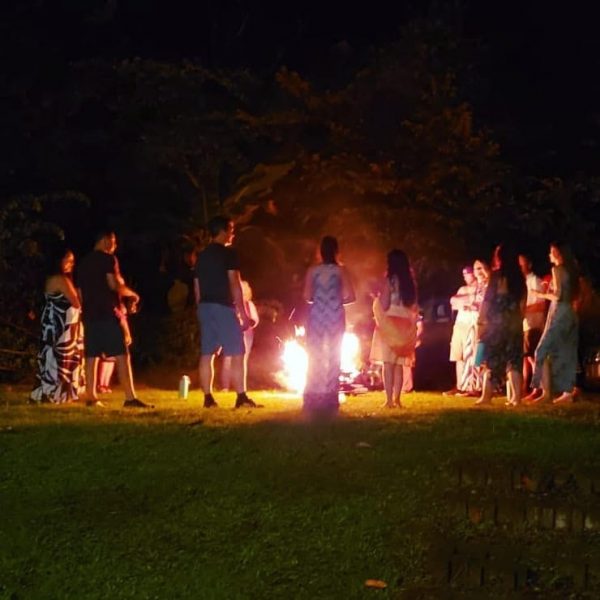
So that is retrograde motion. Astronomers use the term to refer to the occasional backward motion of the planets as seen in Earth’s sky. When used in this way, retrograde motion is entirely an illusion caused by the moving Earth passing the outer planets in their orbits.
Plato gave his students a major problem to work on. Their task was to find a geometric explanation for the apparent motion of the planets, especially the strange retrograde motion. One key observation: as a planet undergoes retrograde motion (drifts westward with respect to the stars), it becomes brighter.
